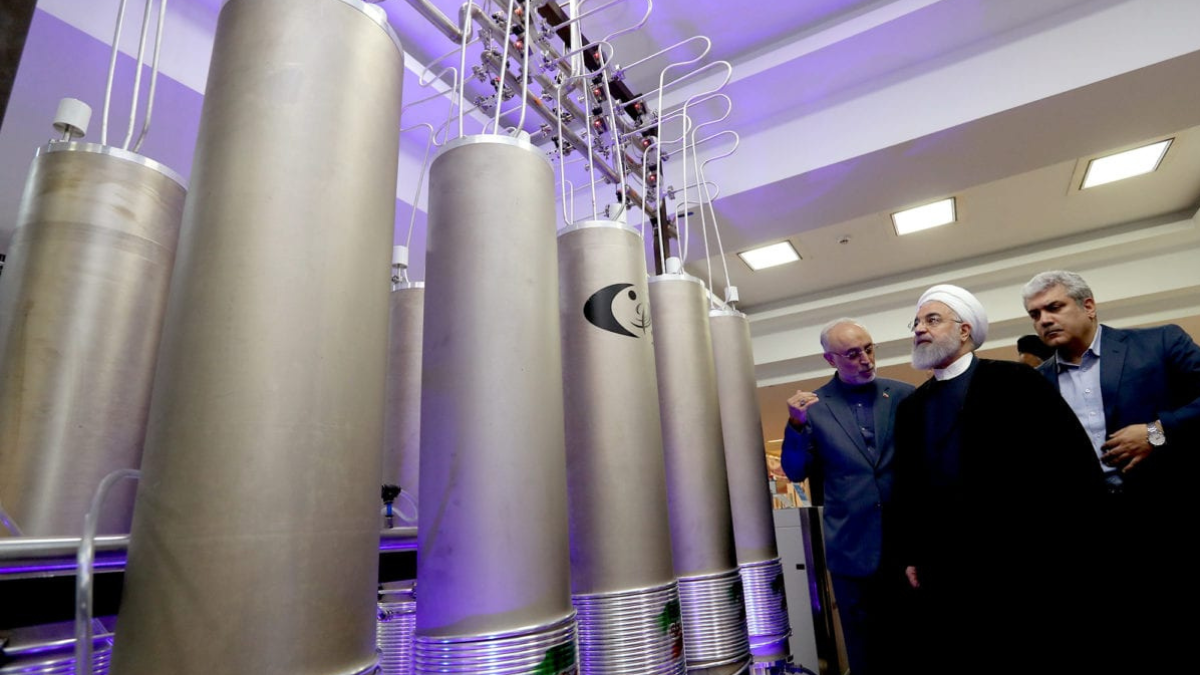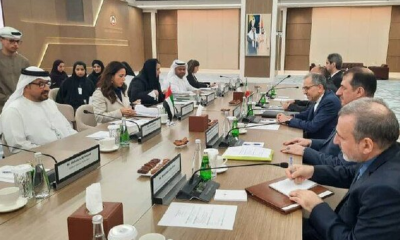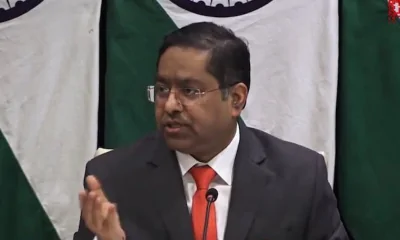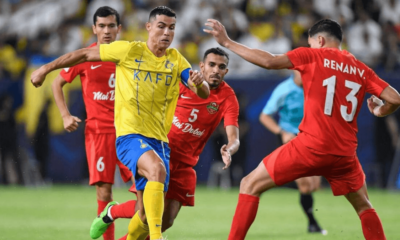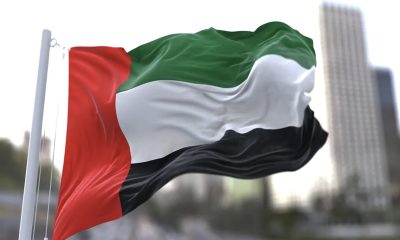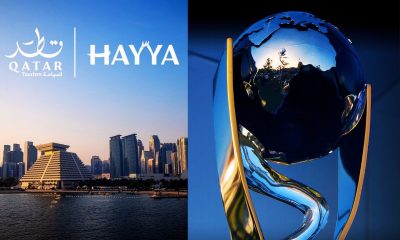The UN nuclear watchdog is expected to report next month that Iran is scaling back its accumulation of near weapons-grade uranium.
This development aligns with the recent calming of tensions in the Persian Gulf, marked by discussions between Tehran and Washington regarding prisoner releases and increased oil supply in global markets.
IAEA Report and Predictions
Inspectors from the International Atomic Energy Agency (IAEA) are set to share their quarterly Iran safeguards report ahead of the agency’s September 11 board meeting in Vienna.
Anticipations within the nuclear community suggest that the IAEA data will reveal Iran’s moderation in the production of highly-enriched uranium, a critical ingredient for crafting an atomic bomb. Iran maintains that its nuclear program is solely for peaceful purposes.
Deceleration Signal Amid Continued Concerns
The potential deceleration of uranium enrichment by Iran would not only carry diplomatic significance but also represent a technical shift after years of continuous expansion.
Ali Vaez, a director at the International Crisis Group, observes that although a 60% slowdown might not fully alleviate non-proliferation concerns, it would signify Tehran’s willingness to ease its nuclear activities to some extent.
Iran’s decision to enrich uranium to 60% followed a 2021 attack on its main nuclear fuel facility, Natanz, which it attributed to Israel. Supreme Leader Ayatollah Khamenei indicated at the time that these activities would adapt according to the nation’s requirements.
Iran asserts the need for this fuel to generate molybdenum, a medical isotope. However, the IAEA contends that uranium enriched to this degree lacks practical use, with usual enrichment reaching 90% for atomic warhead production.
Diplomatic Background and Readjustments
Expectations for Iran to moderate its uranium enrichment stem from secretive diplomatic exchanges between Tehran and Washington.
Although these discussions sidestep formal agreements, they have led to the prospect of freeing American prisoners held by Iran and releasing frozen Iranian funds. Iran has also hinted at the potential resumption of nuclear talks following these informal contacts.
Western nations have shifted their approach, focusing on incremental measures to de-escalate tensions rather than pursuing major comprehensive deals.
This strategy aims to address complex regional security issues and maintain stability. This approach is predicted to continue in the year leading up to the US presidential elections, manifesting in periodic “de-escalation phases.”
IAEA’s Role and Challenges Ahead
Following the IAEA’s report, informal diplomatic discussions are likely to continue during the agency’s general conference in Vienna on September 25.
Also Read: How is Bahrain handling the Massive Hunger Strike?
Despite potential reductions in enrichment, concerns about Iran’s past nuclear activities and existing atomic capabilities persist. As Iran’s nuclear program reaches its most advanced stage, any moves to curtail its capabilities are welcomed by Western nations to maintain control over the situation, although progress might be uneven.
